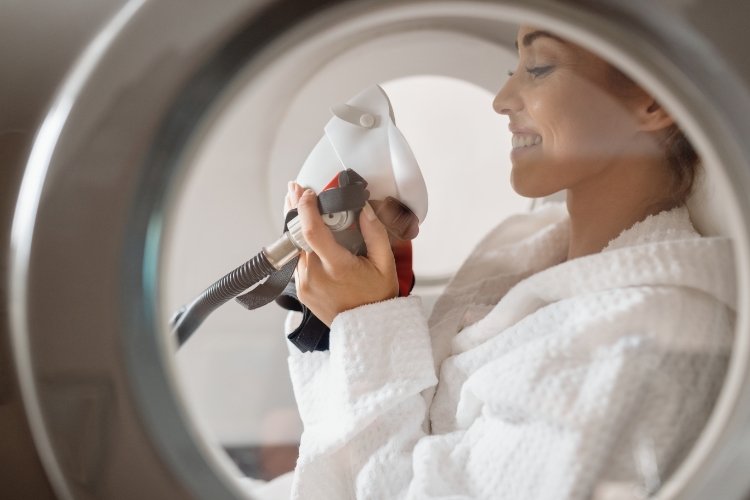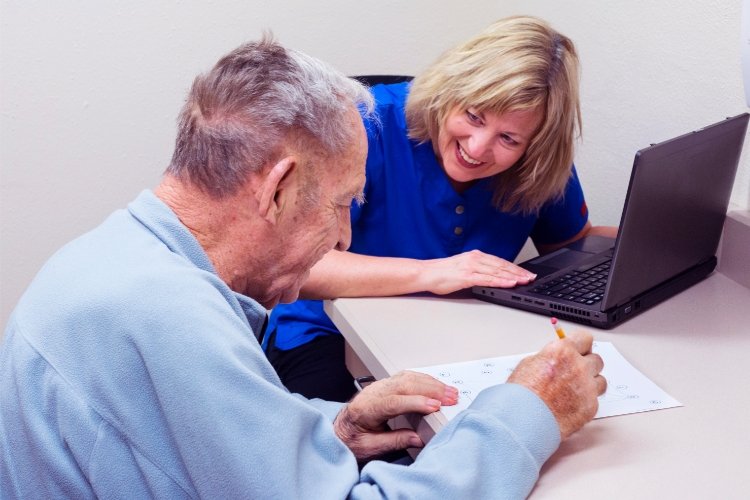Unlocking Brain Recovery: The Role of Hyperbaric Oxygen Therapy in Post-Concussion Healing
In the aftermath of a concussion, many individuals find themselves navigating a challenging path toward recovery, often marked by persistent symptoms that can hinder quality of life.
Among these, the impact on cognitive function stands out, creating a profound need for effective treatments. Enter Hyperbaric Oxygen Therapy (HBOT), a cutting-edge approach that is showing promising results in enhancing brain recovery, particularly for those with prolonged post-concussion syndrome.
This article delves into the science behind HBOT and its potential to transform the landscape of post-concussion healing.
Understanding HBOT: A Breath of Fresh Air for the Brain
Hyperbaric Oxygen Therapy involves breathing pure oxygen in a pressurized chamber, a process that significantly increases the amount of oxygen delivered to the brain.
This enhanced oxygenation can induce neuroplasticity — the brain's ability to reorganize itself by forming new neural connections.
This capability is crucial in recovering from brain injuries, including mild traumatic brain injuries (mTBI) and post-concussion syndrome.
The Science of Healing: Neuroplasticity and Cognitive Improvement
Research studies, such as those conducted by Boussi-Gross et al. (2013), have demonstrated significant improvements in cognitive function and quality of life following HBOT treatment in individuals with mTBI and prolonged post-concussion syndrome.
These findings are not just subjective; changes in brain activity have been confirmed by imaging studies, showcasing the tangible effects of HBOT on brain recovery.
Beyond Cognitive Recovery: The Physical Healing of HBOT
The benefits of HBOT extend beyond cognitive enhancement. The therapy has been shown to induce angiogenesis and promote the regeneration of nerve fibers in traumatic brain injury patients.
This suggests that HBOT not only facilitates cognitive recovery but also supports the physical healing of the brain.
Improved microstructures in brain imaging studies, as noted by Tal et al. (2017), provide compelling evidence of HBOT's ability to repair the brain's architecture.
Addressing Symptoms Head-On
Symptom improvement is a critical component of HBOT's appeal. For individuals grappling with the myriad symptoms of post-concussion syndrome, HBOT offers a beacon of hope.
The therapy has been shown to ameliorate symptoms through mechanisms involving the inhibition of MMP-9 activity, suggesting a biological basis for symptom reduction.
This accelerated recovery, as highlighted by Oley et al. (2021), underscores the potential of HBOT in treating not only post-concussion syndrome but potentially other forms of traumatic brain injury as well.
Navigating the Road to Recovery
The journey toward recovery from post-concussion syndrome can be long and fraught with challenges. However, the advent of HBOT as a treatment option offers a new avenue for those seeking relief.
By directly addressing the underlying issues of brain injury and promoting both cognitive and physical healing, HBOT stands as a testament to the advances in medical science's ability to aid in the recovery process.
Embracing a New Horizon in Concussion Treatment
For individuals in Sartell, Saint Cloud, Saint Stephen, Sauk Rapids, Saint Joseph, Waite Park, Collegeville, and Rice experiencing prolonged symptoms following a concussion, the exploration of HBOT as a treatment option could mark the beginning of a new chapter in their recovery journey.
As research continues to unfold, the potential of HBOT to redefine the standards of care in post-concussion healing becomes increasingly apparent, offering hope to those in search of a return to normalcy.
Educational Note: This exploration into HBOT is intended for informational purposes and should not replace professional medical advice. Individuals interested in HBOT should consult with healthcare professionals to determine if this treatment is suitable for their specific condition.





